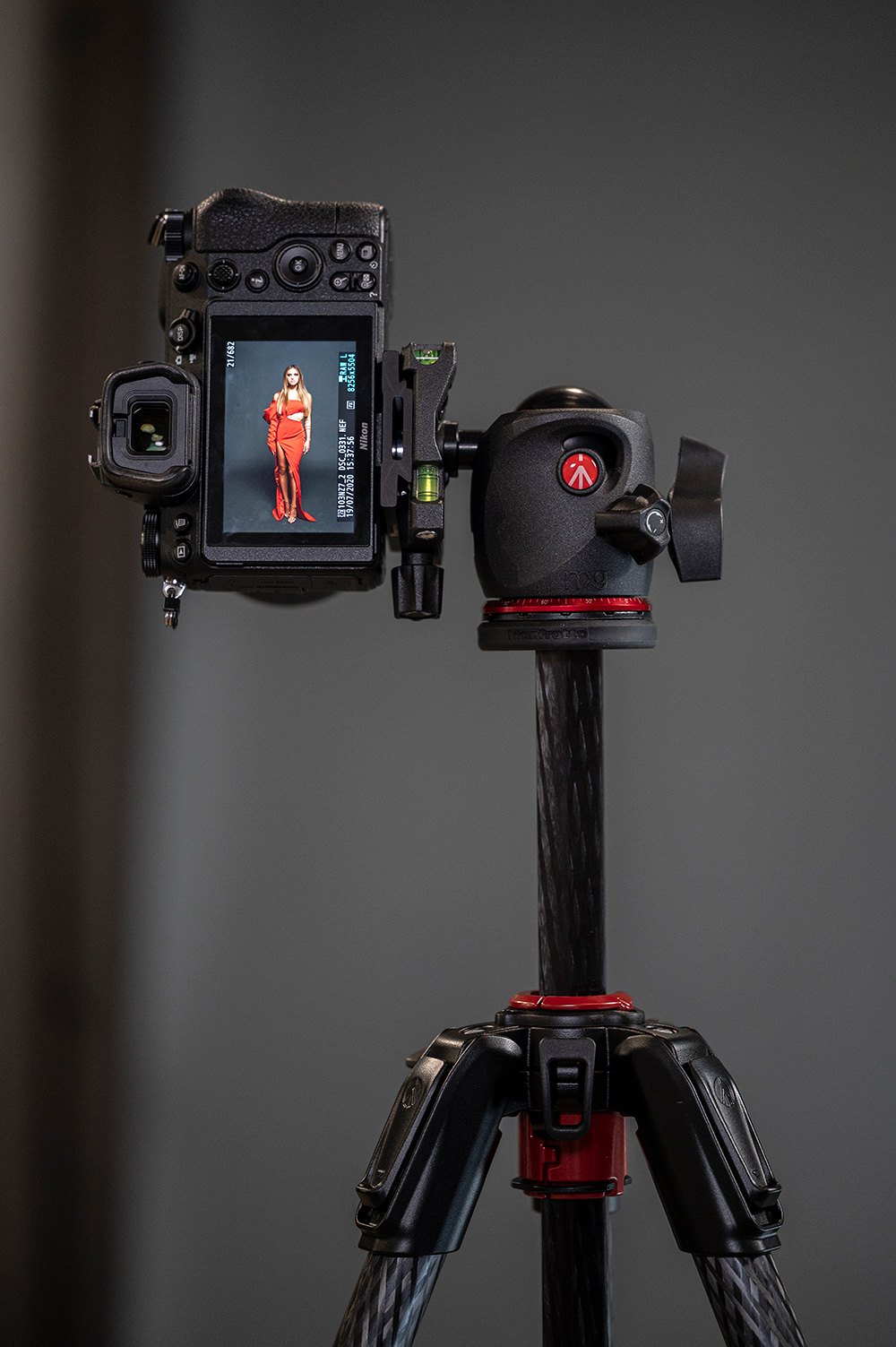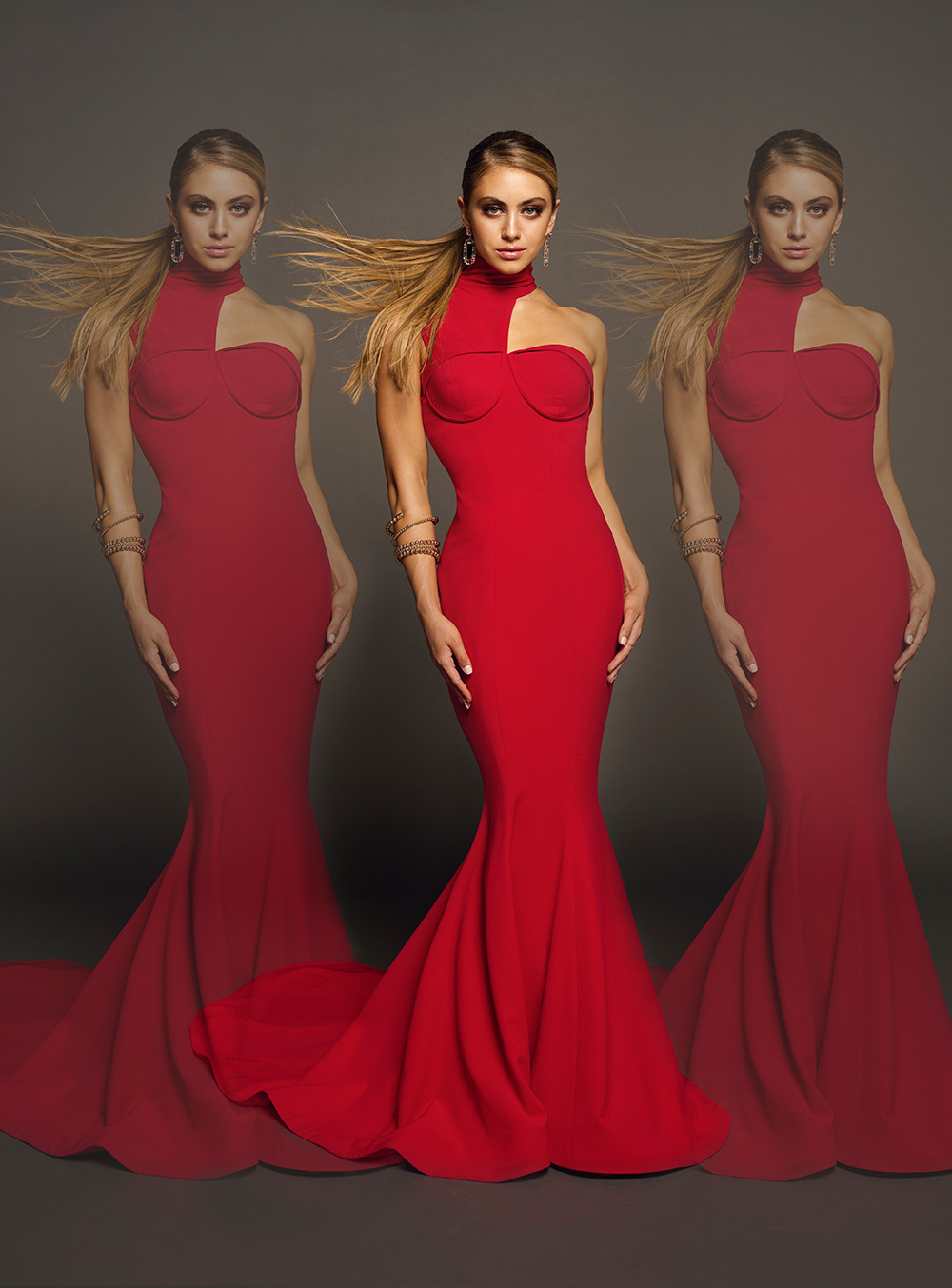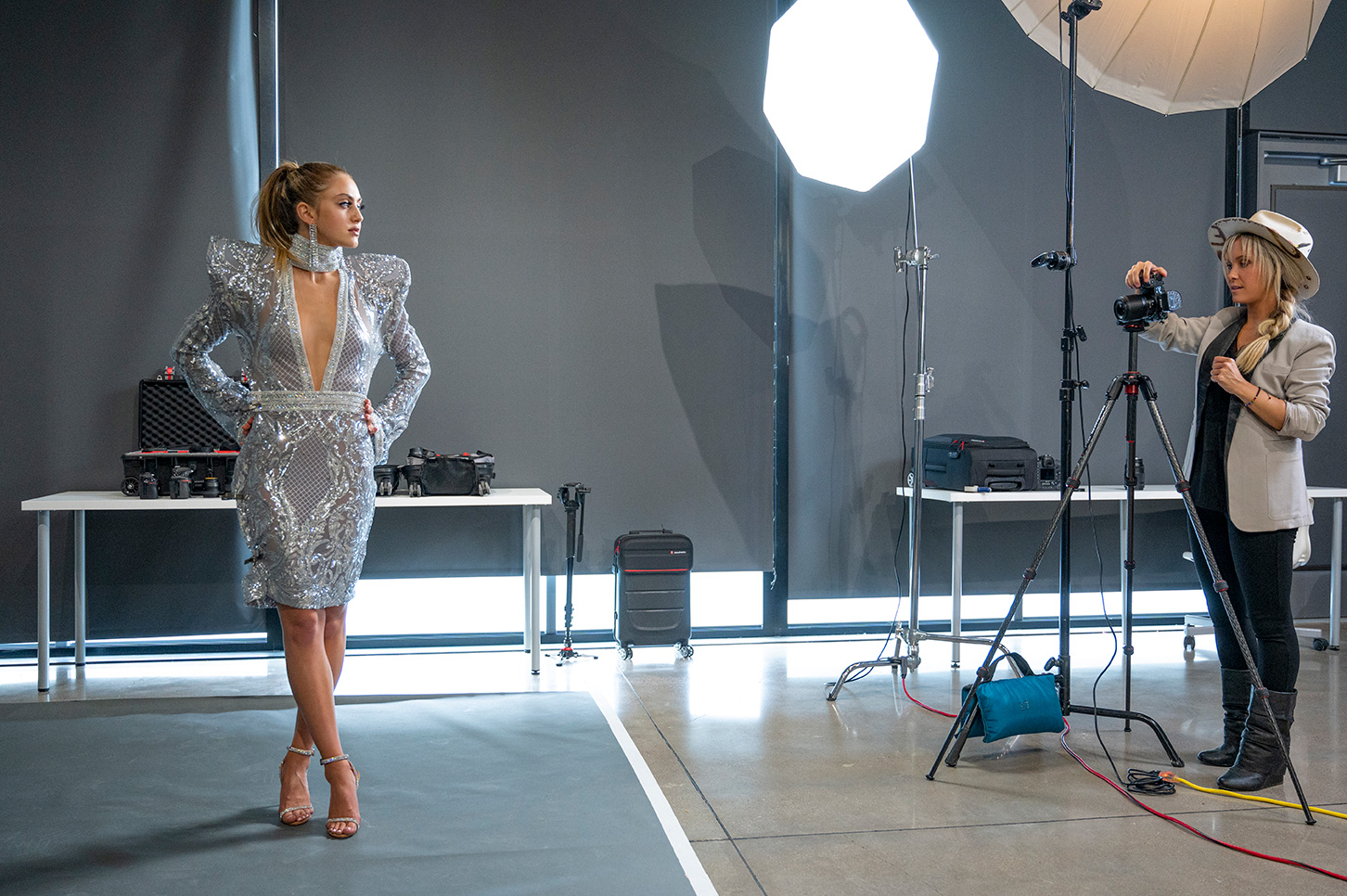Fashion photography: Tips and Equipment Guide
How do you become a fashion photographer?
Shooting beautiful people in exotic locations and seeing your images appear in magazines is the dream of a fashion photographer.
But fashion photography is much more than this and you might be wondering how you can get started? Shooting for fashion might include spreads for fashion magazines and photographing clothes on runways, in showrooms, and yes, even exotic locations. Some fashion photographs may be more like works of art, while others can be more commercial for online stores or catalogues. One of the first skills for a fashion photographer is capturing the essence of clothing, or accessories, whether on a model or a mannequin, with an important focus on lighting and colors.
Aside from practicing your craft and making contacts in the fashion world, there are many tools that you can use to create images that will stand out in a fashion photoshoot. There are similarities between art photography and fashion photography, and studying the techniques of retail photography can help you get started. Here are some fashion photography tips including the tools you’ll need and how you can start building up a photo studio.




Fashion photography tips
Learn portrait photography
To be a fashion photographer means managing many different elements at once, including a model, clothing, lighting, and possibly more than one model at a time. That means you need photography skills covering a wide range of shooting scenarios. Learning the basics of portraits, landscapes, action shots, and lighting in both natural and artificial light can give you the background to be ready for anything that might come up. Learning how to use your camera and how to shoot everyday portraits of people and the world around you is one of the number one fashion photography tips in the beginning.
Find the right photo editing software
Beyond your camera, you’ll need to learn how to retouch photos using photo editing software. Once you have some images that you are proud of, you can start to build up a portfolio of work that you can show as you start building up a fashion photography business or side hobby. Making contacts in the fashion world will give you the connections you need to improve your work and create images for fashion brands. Eventually, you may consider hiring an agent who can be your point of contact to get hired for fashion photoshoots.




Fashion photography equipment
Having the right fashion photography equipment is what will set your images apart from other amateur photographers as you build up your portfolio and start to get familiar with the craft of shooting fashion-focused images.
Of course, you’ll want to invest in a camera that can create a high-quality image and will allow you to add a diverse range of lenses. Beyond the camera, you’ll want to invest in commercial photography equipment. A tripod is a must for any fashion photographer to help you capture a series of images, such as one with a 3-way head tripod that you can easily position to frame and shoot quickly. Lighting is another must, starting with LED lights, and as you get more involved with fashion photo techniques you can add hot lights, or power packs. Other musts are filters and extra batteries for your camera.
Keep your setup simple in the beginning. As you become more involved with taking fashion photos and creating your portfolio of images you can branch out and add more gear to your arsenal.
How to do a fashion photoshoot
Once you have gear, it’s time to get shooting. Your setup will vary depending on what you are shooting, whether you are working with a model, or are focused on fashion product photography. To become familiar with fabrics and materials that you are working with, and the best way to capture them, you might experiment with shooting outdoors or working in a studio. Especially if you are working in a studio, you need to think about your photography studio setup in advance. You’ll want to organize all of your gear before you start shooting, with extra batteries on hand, lights are charged, and a tripod or a slider set-up before you start working. You can create a “shot list” of potential images to capture so you have a general sense of what you’d like to come away with from the shoot.
Some key points to remember are to arrange a balanced composition and to make sure your subject is lit in a way that conveys clothing details. If you are working indoors, your lighting studio equipment may get more involved such as with a camera slider which can give you even more freedom to shoot from a variety of angles than a tripod can. Having multiple shooting options will give you the flexibility to let your creativity run wild.




Fashion accessories photography
Not all fashion photography includes working with models and you may find that as you are practicing your craft a good place to get started is with fashion accessories photography. With these types of photos, your subject might be handbags, shoes, or belts. To make your subjects more interesting, you can play with your photo background by bringing your subjects out into natural light or, if working in the studio, you can play with different types of lighting to be sure you are highlighting textures, details, and any logos that are important to the brand. As you get more familiar with fashion accessories photography, models may become part of your shoots, to add context to the items you are shooting. With this element added, you’ll need to think about how the accessories can be styled, and also the best way to show scale — especially for handbags. A tripod will be a necessary tool to ensure that you are producing clear polished images that could be used for a product page or catalogue.
Whether you are shooting accessories or clothing, the possibilities for fashion photography are endless. Once you master your craft you’ll feel familiar with everything from studio shoots, to runway shows, to exotic outdoor settings. The key is to get started with photography skills and then gather the tools that will produce professional images that can help you build up a solid portfolio.


























